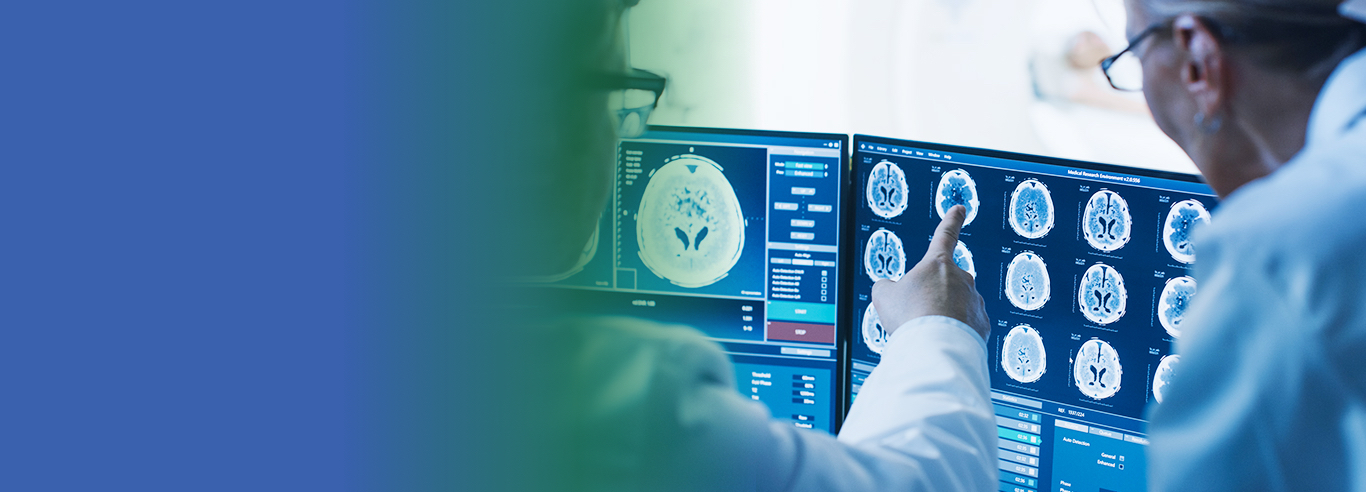
STROKE IS WHEN BLOOD CIRCULATION TO THE BRAIN FAILS
Understanding Brain Stroke
A stroke occurs when the blood supply to part of your brain is interrupted or reduced, preventing brain tissue from getting oxygen and nutrients. Brain cells begin to die in minutes.
The Fundamentals
Brain stroke occurs when blood flow to the brain is impaired, depriving the brain of oxygen. It can be due to sudden blockage of an artery - known as ischemic stroke - or due to bleeding into brain tissue when a blood vessel bursts - known as hemorrhagic stroke.
Brain stroke has emerged as one of the leading causes of disability and death in India, claiming 6,99,000 lives in 2019 alone (1).
A brain stroke requires emergency medical care as the brain is deprived of oxygen from the moment it occurs. A brain stroke is, therefore, also described as a ‘brain attack’. As soon as this happens, brain cells begin to die in regions of the brain that are not receiving adequate blood flow.
Recognize The Warning Signs
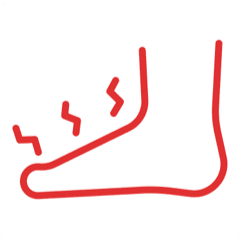
Sudden Numbness
Loss of sensation in the face, arm, or leg, generally affecting one side of the body
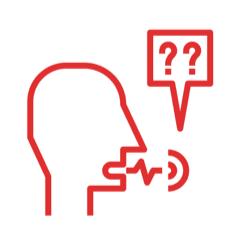
Impaired Communion
Difficulty in communicating or understanding speech
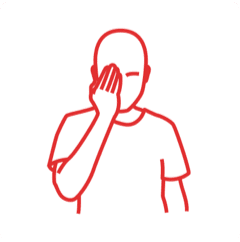
Visual Impairment
Blurring or loss of vision in one or both eyes

Loss Of Balance
Difficulty walking, dizziness, and poor coordination

Severe Headache
Sudden onset of headache with no known cause
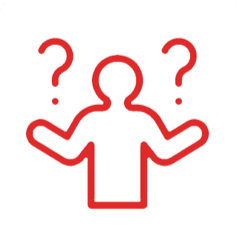
Sudden Confusion
Difficulty in understanding speech and interpreting its meaning
Risk Factors
Non-Controllable Risk Factors
Some factors are associated with a higher risk of stroke. A few stroke risks factors that are beyond our sphere of control include:
- Age: Aging increases the risk of a stroke
- Ethnicity: Indians tend to have a higher risk of stroke earlier in life
- Gender: Men tend to be at higher risk of stroke earlier in life, while women tend to be older and have poorer outcomes
- Heredities: Having a parent, sibling, or grandparent who suffered a stroke greatly increases the risk of stroke incidence
Controllable Risk Factors
These are stroke risk factors that are within your control. They include a variety of modifiable behaviors, some of which are listed below. Addressing them can help lower risk of stroke.
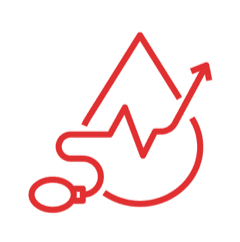
Uncontrolled Hypertension
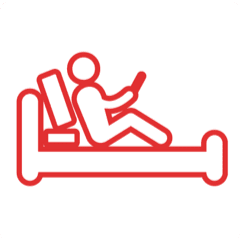
Sedentary Lifestyle
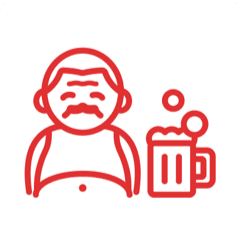
Heavy Drinking
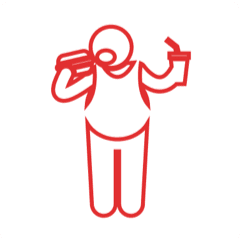
Unhealthy Diet
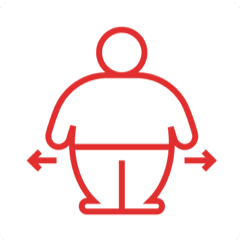
Obesity
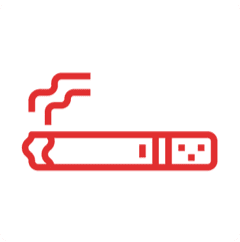
Smoking
Untreated or poorly controlled conditions such as diabetes and heart disease, or the use of illicit drugs like cocaine and methamphetamine, can also increase the risk of stroke.
Types Of Stroke
Ischemic Stroke
The most common of all strokes, it results from impaired blood flow to the brain due to a blockage of an artery or due to a blood clot.
Hemorrhagic Stroke
This occurs when a blood vessel in the brain ruptures. The pooled blood increases intracranial pressure, causing damage and death of brain cells.
Transient Ischemic Attack
In this type of stroke, the blockage lasts for no more than 5 minutes. Also described as a mini-stroke or silent stroke, it is regarded as a precursor or warning of a future stroke.
Diagnosis
Diagnostic tests are used not just to identify a stroke, but also to determine the type of stroke, underlying cause, and extent of damage to accordingly formulate a treatment plan. In addition to checking your blood pressure and pulse, blood tests are used to measure cholesterol, blood sugar levels, electrolyte levels, and more. However, the main tests recommended to diagnosing a stroke include:
CT Scan (Computed tomography scan)
This can show any bleeding or damage to cells within the brain and can also identify other conditions that could cause stroke symptoms.
MRI (Magnetic resonance imaging)
This is one of the most effective tools to view brain changes, including bleeding or blood supply impairment, while also ruling out other conditions that could cause stroke symptoms.
Cerebral Angiogram
This test includes the use of a dye that is injected into the veins, revealing a detailed view of the arteries within the brain and neck.
Carotid Ultrasound
This test uses sound waves to generate images of the carotid arteries that supply blood to the brain.
ECG or EKG
Used to record the heart’s electrical activity, this test can help find out if atrial fibrillation was responsible for the stroke.
Treatment for brain stroke depends on the type of stroke. In the case of an ischemic stroke, doctors first work to restore blood flow to the brain. In cases of a hemorrhagic stroke, doctors work to control bleeding and reduce pressure on the brain caused by a buildup of blood.
Brain stroke treatments are extremely effective, lowering the risk of disability and death, but the time window within which these treatments can be administered is limited and of supreme importance. The treatment should be received within the golden period of 4.5 hours from the onset of symptoms. This makes it important to seek immediate medical care at a stroke-ready hospital as soon as symptoms of brain stroke are observed.
References
- 1
- 2
- 3
- 4
- 5
